Understanding the Sophisticated Art of Decanting Wines
You may not know what a decanter is or why you would use one, but you should know that aeration can significantly improve the flavour of your wine. Decanting offers a number of advantages. One of its most known benefits is that it separates the sediment from the liquid. This is especially true for red wines, which have the highest sediment content. Exposing wine to fresh air and allowing it to breathe is a way for decanting to improve its flavour.
Are you a little bit curious now about decanting and its effects on your wine brands? Read on to find out more!
Types of Decanters
Decanting wine is the process of slowly emptying wine from its original bottle into a decanter or other glass vessel. It’s called art because you have to do it without disturbing the bottom sediment, which is easier said than done. Decanters come in various forms, and many have an easy-pour neck. The most common are swan, duck, cornett, and standard.
Take note that there’s a difference between a decanter and a carafe. While these wine-holding glasses will wow your guests, their functions are rather different. The aeration process is made easier using glass decanters. Carafes are simply designed to make your wine look better and serve it more easily.
Wines that Need Decanting
Decanting is beneficial to almost all wines. They taste smoother and fruitier as a result of the aeration process. Younger wines with high tannins benefit from oxygen exposure the most. However, most sparkling wines should not be decanted. While aeration may assist to lessen the initial vigorous bubble that occurs when a Champagne is opened, the bubble will easily die down the longer it’s exposed.
How Long to Decant Wines
To get the best results, you need to know how long to air out your wines. When decanting red wines, it might take anything from 20 minutes to two hours for them to achieve their full potential.
Light-bodied red wines like Gamay and Pinot Noir only require 20 to 30 minutes. Medium-bodied wines like Merlot and Barbera decant for 20 minutes to an hour. Lastly, decanting takes one to two hours for full-bodied red wines like Cabernet Sauvignon and Petit Syrah.
The reductive qualities of most red wines must be allowed to dissipate for at least 15 minutes. The remaining harsh aromas will be much muted after an additional 15 to 30 minutes, and the tannins will become less strong after 60 minutes.
Decanting isn’t necessary for most white wines and rosé wines. However, it will be helpful if your wine is reduced. If your wine smells weird when you first open it, it’s most likely because it’s been reduced. Reduced white wines and rosés require up to 30 minutes of decanting, but 15 minutes typically suffice. The fruity scents will return if you wait the correct amount of time.
Although aeration is beneficial in the way that it releases all of your wine’s hidden aromas and tastes, too much oxygen can destroy a wonderful wine. Always keep the leftovers cool and limit their exposure to the air. Overall, when decanting wines, all you need is a little patience and a delicate touch. You’ll be able to appreciate your favourite wines at their most fragrant and tasty if you do it correctly.
We offer fine wine with a modern approach. Getting the best wine from us is easy and simple through a more enriched experience. Buy wine online at Cru Wine by browsing our selections today!





